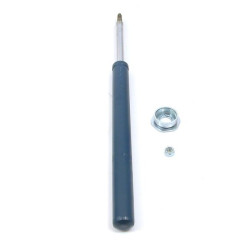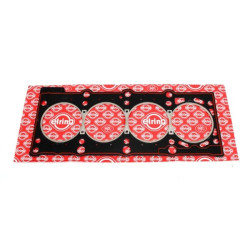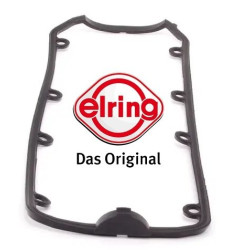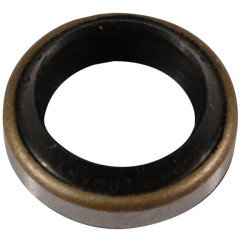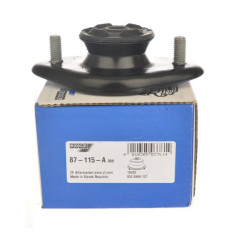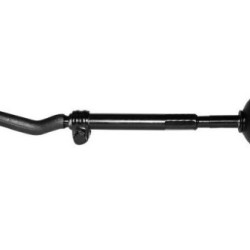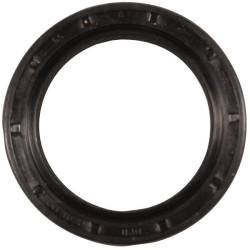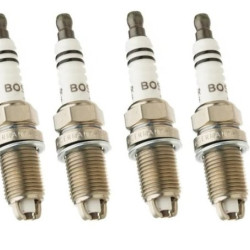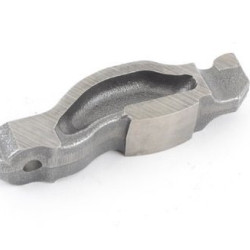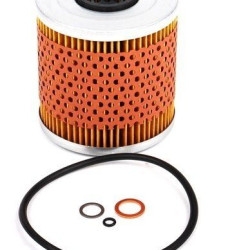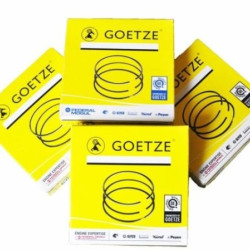Bmw 316 Spare Parts
BMW 316: Historical Development and Features
The BMW 316 is one of the models belonging to BMW's iconic 3 Series and was first introduced in the mid-1970s. Launched as an economical and practical version of the 3 Series, the BMW 316 has evolved over time with different engine options and technological innovations. In this article, we will examine the historical development of the BMW 316 model from its initial launch to the present day, the names it has been known by in different years, and its features.
Historical Development of the BMW 316
1. First Generation (E21) - 1975-1983:
- Introduction: The BMW 316 was first introduced in 1975 with the E21 chassis code. This model was positioned as the entry-level option in BMW's 3 Series.
- Engine: The first BMW 316 was equipped with a 1.6-liter four-cylinder engine producing 90 horsepower. This engine was particularly successful in terms of fuel economy and reliability.
- Design: The E21 BMW 316 had a simple and elegant design. It featured a long hood, a short rear section, and a prominent BMW kidney grille.
- Features: It included features such as a mechanical injection system and a manual transmission, in line with the technology of its time.
2. Second Generation (E30) - 1982-1994:
- Development: The BMW 316 was updated in 1982 with the E30 chassis code. This generation helped BMW gain more prestige in the compact class.
- Engine Options: With the E30, a 1.8-liter four-cylinder engine was introduced. In 1987, the engine was equipped with the Bosch Motronic injection system, increasing power to 102 horsepower.
- Diesel Option: The BMW 316i diesel version was introduced in 1988. This was one of BMW's first diesel 3 Series models.
- Design: The E30 generation became a model that set the automotive design trends of the time with its sharp lines and sporty stance.
3. Third Generation (E36) - 1990-2000:
- Developments: The BMW 316 was reintroduced in 1990 with the E36 chassis code. This generation marked a period when BMW adopted a more luxurious and technological direction.
- Engine: The E36 316i was offered with a 1.6-liter four-cylinder engine. In 1993, this engine was replaced with a 1.8-liter unit, reaching 115 horsepower.
- Innovations: Features such as ABS, airbags, and electric windows became standard. Additionally, the E36 generation offered various body options such as coupe, sedan, cabrio, and touring (station wagon).
- Global Success: The E36 generation became one of BMW's best-selling models in the global market, solidifying the brand's position in the premium car segment.
4. Fourth Generation (E46) - 1998-2006:
- Evolution: The BMW 316 was redesigned in 1998 with the E46 chassis code. This generation was noted for its technological innovations and increased comfort level.
- Engine: The E46 316i was launched with a 1.9-liter four-cylinder engine. In 2001, this engine was replaced with a more efficient and powerful 1.8-liter engine.
- Design: The E46 reflected BMW's modern design language with its rounder lines and aerodynamic structure.
- Technological Innovations: Features such as DSC (Dynamic Stability Control), navigation system, and multifunction steering wheel were introduced in this generation.
5. Fifth Generation (E90) - 2005-2013:
- Innovations: The BMW 316i, launched in 2005 with the E90 chassis code, was equipped with a 1.6-liter four-cylinder engine. This generation represents a period when BMW focused on eco-friendly technologies.
- EfficientDynamics: Fuel efficiency was improved and CO2 emissions were reduced with BMW's EfficientDynamics program.
- Comfort and Safety: The E90 was more advanced in terms of comfort and safety features. Electronic brake force distribution, driving modes, and an advanced climate control system were standout features of this generation.
6. Sixth Generation (F30) - 2012-2019:
- Development: The BMW 316i was reintroduced in 2012 with the F30 chassis code. This generation was noted for its modern engine technologies and aerodynamic improvements.
- Engine: The F30 BMW 316i was offered with a 1.6-liter turbocharged four-cylinder engine producing 136 horsepower.
- Design: The F30 generation had sharper lines and a sporty stance. Additionally, features such as LED headlights, adaptive suspension, and smart driving assistant were introduced.
- Technology: The iDrive infotainment system, digital instrument panel, and advanced safety systems became standard in this generation.
7. Seventh Generation (G20) - 2018-Present:
- Latest Innovations: The BMW 316 continues to be updated with the G20 chassis code. This generation incorporates BMW's most advanced technologies and design innovations.
- Engine: The G20 BMW 316 is offered with hybrid engine options and more efficient gasoline engines. BMW's TwinPower Turbo technology has been integrated into the engines of this generation.
- Design and Technology: The G20 generation is equipped with modern features such as a fully digital cockpit, a large infotainment screen, autonomous driving features, and multiple connectivity options.
- Sustainability: BMW has taken significant steps towards sustainability in the G20 generation by focusing on eco-friendly materials and production techniques.
Conclusion
The BMW 316 is an iconic model with a long journey in the automotive world. Since its initial launch, the BMW 316 has continued to evolve through many generations, showcasing BMW's engineering and design capabilities in every era. This model, which began its journey as an economical and practical sedan, continues today as a high-performance vehicle equipped with modern technologies. The historical development of the BMW 316 reflects the changes and innovations in the automotive industry.
 Türkçe
Türkçe
 English
English
 Русский
Русский


